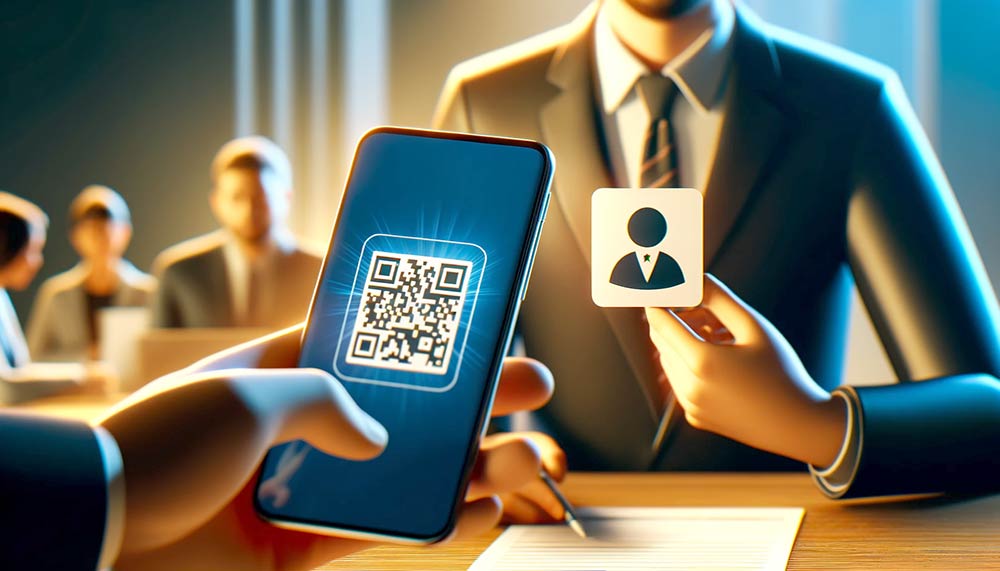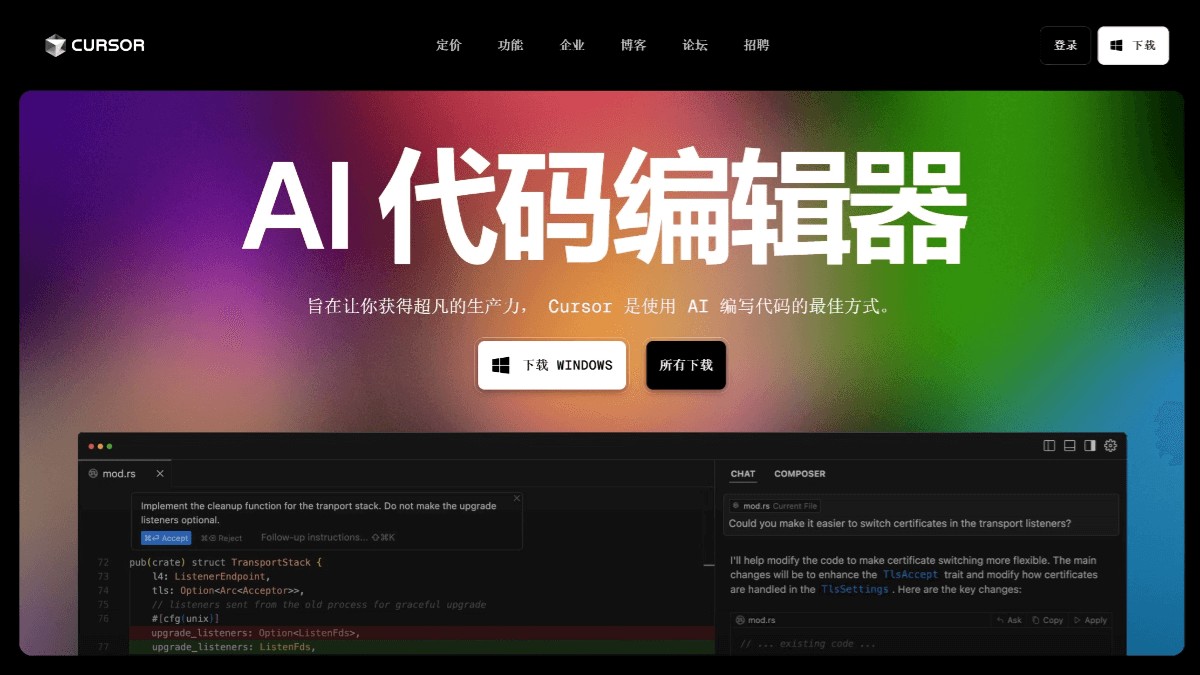
Use Stable Diffusion to create creative QR codes, mainly with the help of the ControlNet plug-in, which can integrate the structure of the QR code into the generated image so that it can be scanned and recognized, and has artistic beauty.
The following are detailed steps and precautions:
Preparation
Install Stable Diffusion WebUI (AUTOMATIC1111): This is a common interface for using Stable Diffusion, which provides rich functions and extended support.
Install the ControlNet extension: In the "Extensions" tab of the WebUI, select "Install from URL", paste the GitHub repository address of ControlNet (usually https://github.com/Mikubill/sd-webui-controlnet ), and then click " Install". After the installation is complete, restart WebUI.
Download the ControlNet model: ControlNet requires a specific model to be used. You need to download the model related to the QR code, such as "control_v11f1p_sd15_qrcode.pth" or similar. Place the downloaded model file into stable-diffusion-webui/models/ControlNet folder.
Install QR Toolkit (optional but recommended): QR Toolkit is a tool that facilitates the generation and processing of QR codes and can help you generate high-quality QR code images. You can search for and install it in the "Extensions" tab of WebUI.
Production steps
Generate QR code:
Use QR Toolkit (recommended): Open the QR Toolkit tab, enter the information you want to encode (such as URL, text, etc.), adjust the parameters of the QR code (such as error correction level, size, etc.), and then download the generated QR code Code pictures.
Use other QR code generators: You can also use an online QR code generator or local software to generate a QR code image. Make sure the QR code generated is clear and has high contrast.
Set in Stable Diffusion WebUI:
Sampling method: Euler a, DPM++ 2M Karras, DPM++ SDE Karras, etc. are all good choices.
Sampling steps: 20-30 steps are usually sufficient.
CFG Scale: 7-12, higher values will make the image closer to the cue word, but may also cause distortion.
Denoising strength: This is a key parameter that controls the degree of integration of the QR code and the image. Higher values (e.g. 0.7-0.9) will make the QR code more visible, but may result in a loss of image detail. Lower values (such as 0.4-0.6) will make the QR code blend into the image better, but may affect the scan recognition rate. You need to adjust it based on the situation.
Preprocessor: Generally select "None", and the ControlNet model will automatically process the QR code image.
“A futuristic cityscape with skyscrapers forming a QR code, neon lights, cyberpunk style”
“A QR code made of blooming flowers in a vibrant garden, photorealistic”
“A QR code integrated into a painting of a starry night, Van Gogh style”
Upload the QR code: In the "ControlNet" tab, upload the QR code image you generated to the "Control Image" area.
Select the ControlNet model: Select "QR Code" in the "Control Type" drop-down menu.
Writing prompt words (Prompt): This is the key to generating creative QR codes. You need to describe the scene or style you want the QR code to fit into. For example:
Negative Prompt: Equally important, used to exclude elements that are not желаемых. For example: blurry, distorted, artifacts, text, numbers, bad quality (blurry, distorted, artifacts, text, numbers, bad quality)
Adjust parameters:
Generate image: Click the "Generate" button to start generating.
Important tips and tricks
Clarity of QR code: The clarity of the original QR code directly affects the final effect and scanning recognition rate. Use high-resolution QR code images.
Accuracy of prompt words: Detailed and specific prompt words can better guide image generation and make the QR code better integrate into the scene.
Adjustment of denoising intensity: This is one of the most important parameters and requires a balance between visual effects and scan recognition rate. Experiment with different values to find the best effect.
Multiple generations and fine-tuning: Due to the random nature of AI generation, multiple generations may be required to get satisfactory results. Prompt words, parameters, or seed values can be adjusted for fine-tuning.
Scanning test: After generation, be sure to use a mobile phone or other scanning device to test the recognition rate of the QR code. If it cannot be scanned, parameters need to be adjusted or regenerated.
Use different ControlNet models: In addition to the specialized QR Code model, you can also try other models, such as Canny or Depth, which may produce unexpected effects. However, parameters need to be adjusted according to model characteristics.
Post-processing: You can use image editing software to perform post-processing on the generated images, such as adjusting color, contrast, sharpening, etc., to further improve the image quality.
Through the above steps and techniques, you can use Stable Diffusion and ControlNet to create creative QR codes that are both beautiful and scannable. Remember, practice and experimentation are key, keep exploring new prompts and parameters and you can create something amazing.



